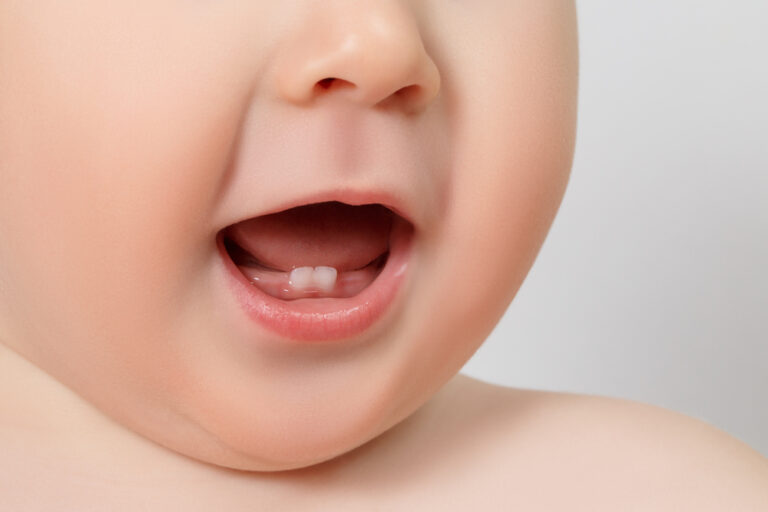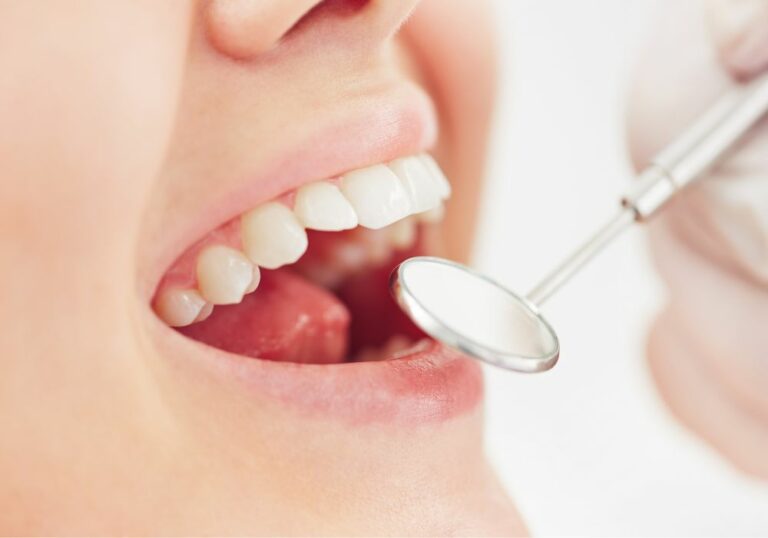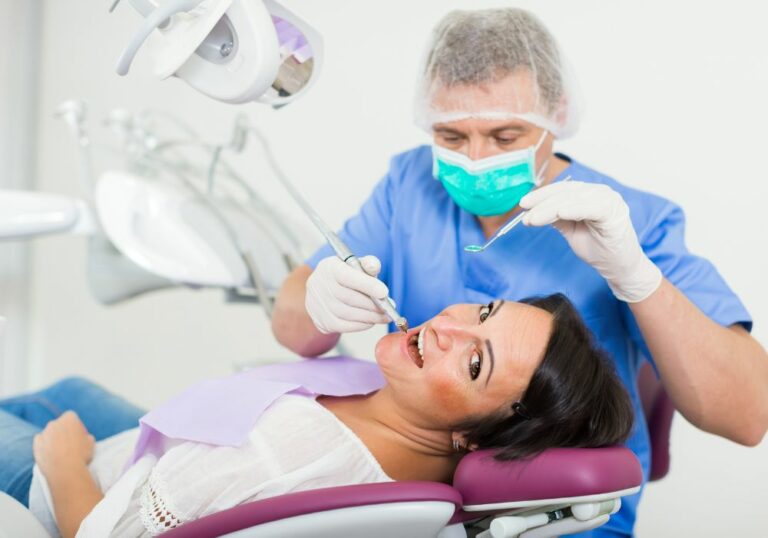Straight, well-aligned teeth are important for oral health and self-confidence. After months or years of wearing braces to achieve a perfect smile, the last thing you want is for your teeth to shift out of position. Although retainers are designed to keep teeth stable after orthodontic treatment, you may be frustrated and confused if your teeth move despite regular retainer use. There are several reasons why teeth may drift over time even with diligent retainer wear.
Importance of dental alignment and retainers after braces
Properly aligned teeth are easier to keep clean and less likely to experience wear, fracture, and other problems. Orthodontic treatment straightens crooked, crowded, or gapped teeth using appliances like braces or Invisalign. However, teeth have a tendency to migrate back towards their original positions once appliances are removed. This is why retainers are a critical part of orthodontic treatment.
Retainers are custom-made devices worn after braces or Invisalign to hold teeth in their new corrected positions while surrounding gum tissues stabilize. Retainers combat the natural elasticity of the periodontal fibers around teeth which try to pull teeth back into crooked positions. Wearing retainers full-time as initially directed followed by part-time long-term wear prevents teeth from shifting and preserves the work and investment of orthodontic treatment.
Why teeth may still shift despite regular retainer wear?
While retainers are invaluable for keeping teeth aligned after braces, you may be confused and concerned if you notice tooth movement despite regular retainer use. There are several potential reasons teeth can still shift over time when wearing retainers:
Insufficient full-time retainer wear duration
Ideally, retainers should be worn full-time (except for eating and brushing) for the first 6-12 months after braces are removed. This allows time for bone and periodontal tissues to stabilize teeth in the new positions. Transitioning to part-time wear too soon doesn’t provide enough holding time for the teeth each day. This makes them prone to shifting sooner.
Inconsistent part-time retainer wear
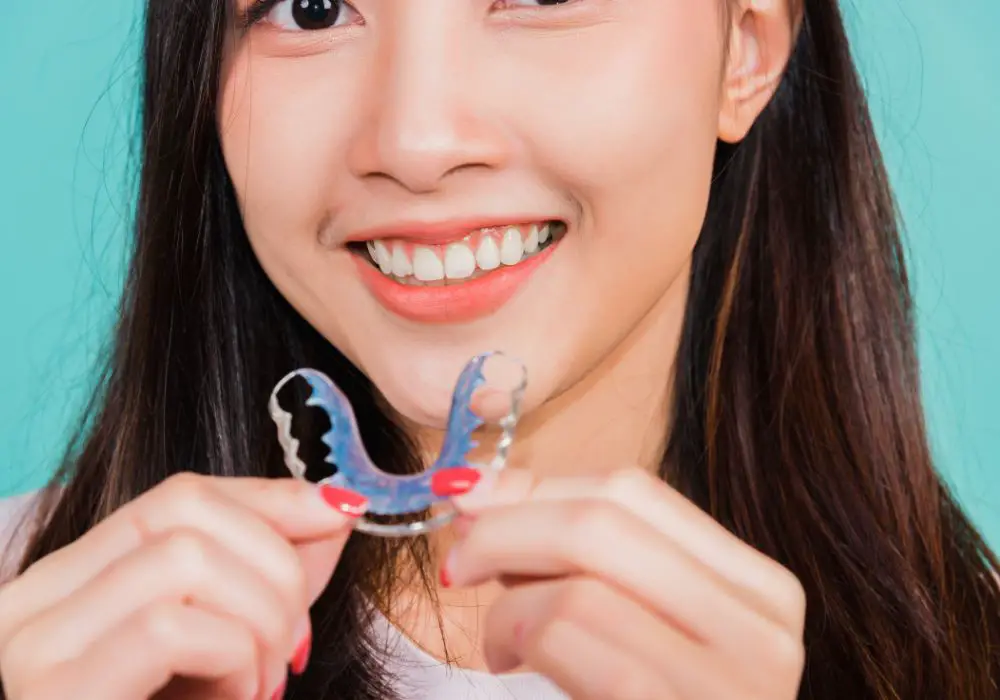
After full-time wear, retainers are typically worn at night during sleep. But even a single night without the retainer allows a slight amount of drift. Inconsistent retainer use or repeatedly skipping nights gives teeth continuous opportunity to move. Month after month of periodic lapses in retainer wear allows gradual tooth movement.
Distorted, damaged, or ill-fitting retainers
Retainers must fit snugly over the teeth to hold them in place. If retainers become loose, bent, or warped over time they cannot grip teeth properly. This inadequate hold on the teeth leads to migration into undesirable positions. Ill-fitting retainers should be promptly replaced.
Undetected tongue or cheek pressures
Abnormal tongue thrusting or teeth resting against the cheeks can exert gradual pressures that influence tooth angulation and alignment over months. Retainers alone do not necessarily correct these habitual motions.
Natural maturation changes
Orthodontic treatment straightens teeth up to a particular age. But natural maturation processes in the mouth never fully stop. Bones, periodontal fibers, dental arches, and other structures continue to undergo gradual changes that can impact tooth positions throughout life.
Complex cases requiring extra retention
Some complex orthodontic cases are more prone to relapse and may require special retention methods or lifelong retention. Examples include:
- Severe pre-treatment crowding, spacing, or malocclusion
- Rotated teeth
- Proclined front teeth with increased overjet
- Periodontally compromised teeth
- Missing teeth requiring spaces held
- Surgically positioned teeth
- Abnormal habits like tongue thrusting
Examples of teeth shifting despite retainer wear
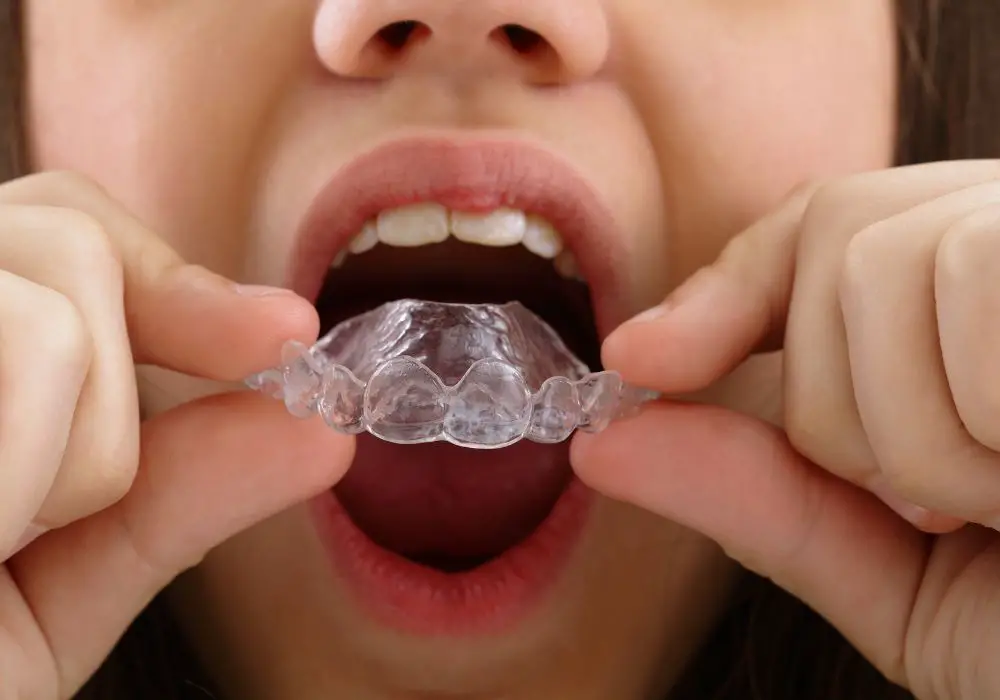
To understand how teeth can drift over time with retainer use, here are some hypothetical examples:
Amanda wears her retainer faithfully each night but notices slight gradual crowding of her lower teeth starting 1 year after braces removal.
- Possible factors: Amanda may have transitioned to part-time wear too quickly. Her original severe crowding made her case more relapse prone. Nightly wear controls major shifting but maturation changes in her lower jaw likely continue contributing to slow crowding.
Jackson stops wearing his upper retainer consistently after 6 months. Two years later he notices minor rotation of an upper canine tooth.
- Potential reasons: Inconsistent retainer use allowed periods of tooth movement. The rotated canine was more prone to drifting than other teeth. More months of full-time upper retainer wear were initially needed for this complex case.
Olivia is careful to wear her clear plastic retainer each night. After 3 years she notices slight gaps between a few upper front teeth.
- Contributing factors: Natural minor spacing is gradually occurring due to continued maturation changes in her upper jaw. Nightly retainer wear minimizes the extent of relapse but cannot fully prevent maturational drifting.
Marcus notices his lower retainer is loose one morning. A few months later he sees his lower front teeth are becoming crooked again.
- Explanation: The ill-fitting lower retainer lost its grip on the teeth, allowing relapse movement. A new retainer should have been obtained once looseness was noticed.
Tips for preventing tooth movement with retainers
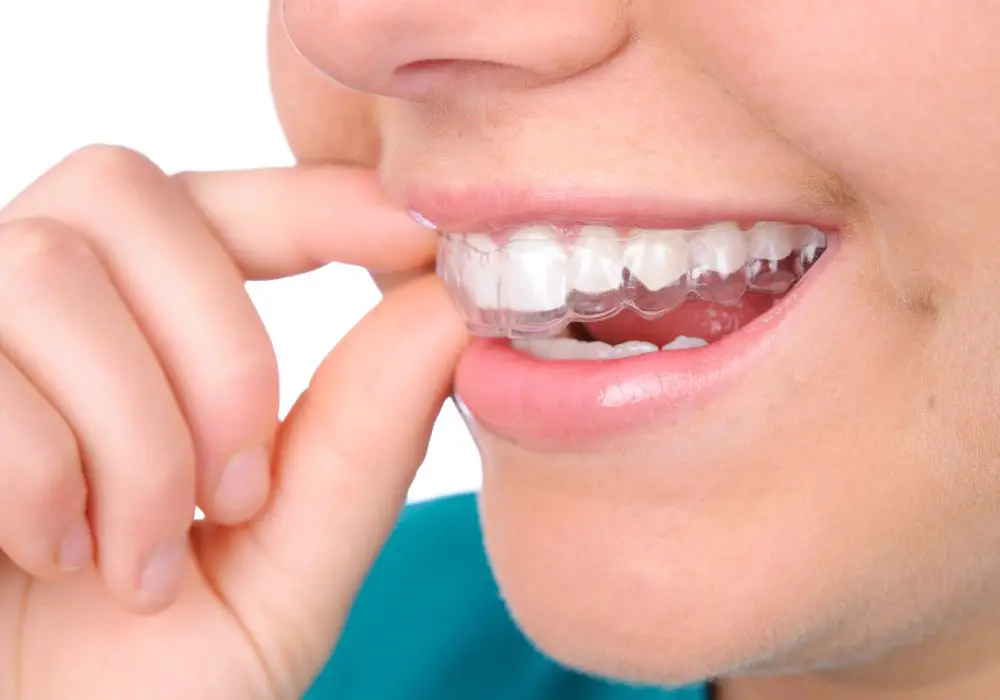
While some minor natural tooth drifting may still gradually occur, there are tips to get the maximum stability from your retainers:
Wear as initially directed
- Discuss your specific retention protocol with your orthodontist. The average initial recommendation is 6-12 months of full-time (except for removal when eating and brushing) wear followed by nightly wear. This allows optimum time for tissues to stabilize before decreasing wear frequency.
Maintain meticulous part-time wear
- Be disciplined about wearing your retainer precisely as prescribed once transitioned to part-time retention. Nightly wear is critical for preventing minor slippage that could accumulate over time. Prioritize retainer wear.
Monitor fit and condition
- Check periodically that your retainer still fits snugly against teeth. Get a replacement if any looseness, warping, or damage develops which reduces holding effectiveness. See your dentist or orthodontist at least annually to evaluate retainer integrity.
Report habits
- Inform your orthodontist about any persistent tongue thrusting, mouth breathing, teeth grinding, or other habits that could impact your teeth or retainer fit over time. You may need monitoring for habitual behaviors applying unwanted forces.
Consider fixed retention
- In some instances of special relapse risk, fixed retainers bonded permanently behind the front teeth may be recommended for long-term stabilization. Traditional removable retainers can be harder to wear meticulously long-term.
Accept some minor natural change
- Despite best retention efforts, minor gradual tooth movement is likely unavoidable due to the mouth’s constant maturation over decades. But diligent retainer use minimizes major relapse. Any concerning worsening of tooth positions should be addressed promptly with your orthodontist.
Conclusion
Retainers are vital for teeth stability after orthodontic treatment like braces or Invisalign. But multiple factors from maturation changes to wear habits can still allow some slow tooth drift over months and years. Being disciplined about wearing your custom retainer as directed is key. See your orthodontist and dentist regularly so they can monitor your teeth and retainer effectiveness. Address any fit issues promptly for optimal retention and dental alignment. Consistent long-term retainer use and follow-up help preserve your smile investment.
Frequently Asked Questions About Retainers and Tooth Movement
Q1: Can teeth still shift if I wear my retainer every night?
Yes, some slight tooth movement can still happen over time even if wearing a retainer regularly each night. Retainers cannot stop natural maturation changes in the mouth that continue applying small pressures to teeth. But consistent nightly retainer use prevents major shifting.
Q2: How long until teeth start to shift without a retainer?
Everyone is different, but teeth may begin gradually shifting out of alignment within weeks or months if retainers are not worn consistently. The longer someone goes without wearing their prescribed retainer, the more opportunity teeth have to move.
Q3: Should my retainer be tight or loose?
For best results, retainers should fit snugly against the teeth. A retainer that feels loose, causes teeth to wiggle, or can easily be taken out is too loose to work effectively. The retainer should gently grip teeth in position. An excessively tight retainer can lead to unwanted pressure on teeth over time.
Q4: Can shifting teeth be moved back with my retainer?
If teeth shift only slightly out of place and the retainer still fits well, consistent retainer wear may nudge teeth back into proper alignment. Major tooth movement requires new orthodontic treatment/retainers. Trying to force teeth significantly out of position back into place with an old retainer can damage teeth.
Q5: How often should I get new retainers?
Retainers should be replaced every few years or as directed by an orthodontist depending on wear and tear. See your orthodontist sooner if retainers become loose, damaged, lost, or appear worn. Ill-fitting retainers need replacement for proper retention.
This draft article explains possible reasons teeth may shift despite retainer use, such as inconsistent wear, maturational changes, and oral habits. Examples of retainer wear scenarios are provided, along with tips to optimize retainer effectiveness. An FAQ section covers common questions about retainers and unwanted tooth movement. Let me know if you would like me to modify or expand this draft in any way to better fit your needs.

